Home>diy>Architecture & Design>What Is The Area Of The Kitchen Floor In This Floor Plan
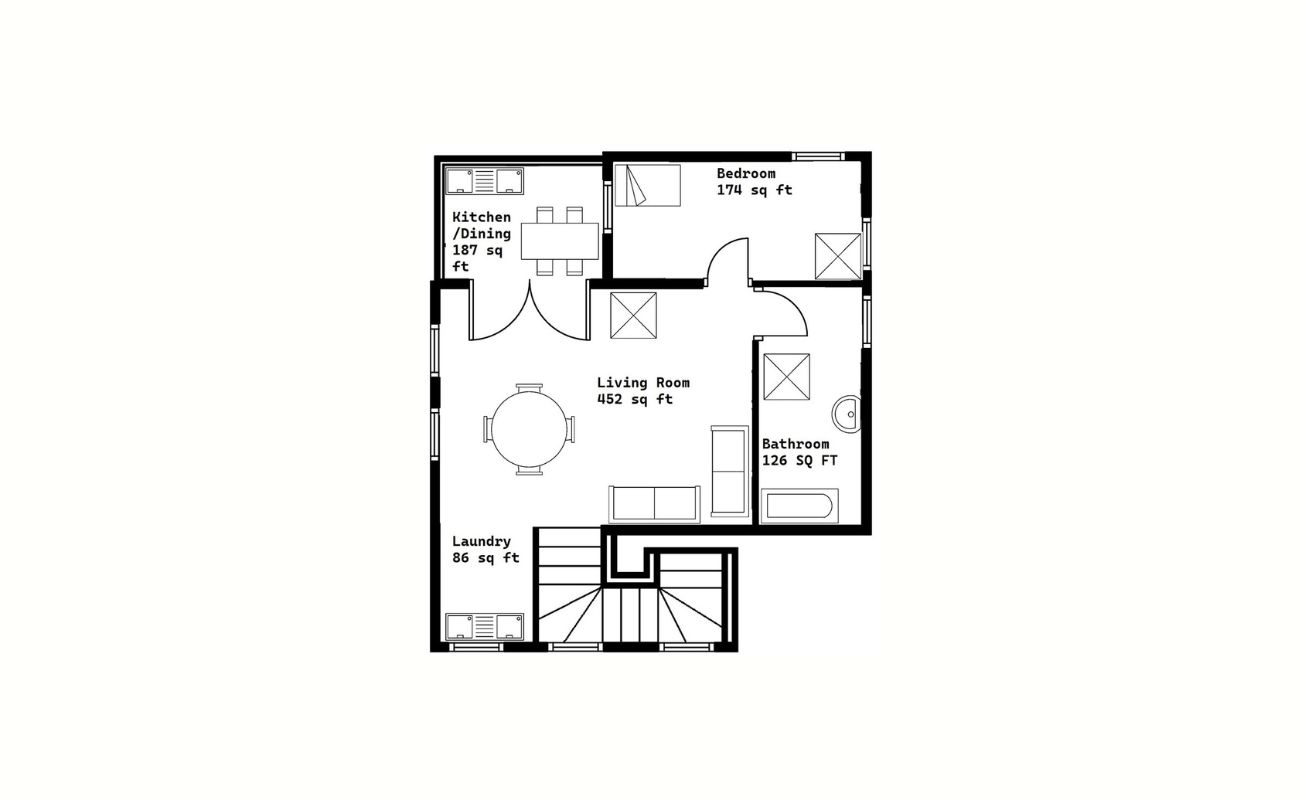

Architecture & Design
What Is The Area Of The Kitchen Floor In This Floor Plan
Modified: February 26, 2024
Find out the total area of the kitchen floor in this floor plan with our architecture-design expertise. Discover the perfect size for your dream kitchen space.
(Many of the links in this article redirect to a specific reviewed product. Your purchase of these products through affiliate links helps to generate commission for Storables.com, at no extra cost. Learn more)
Introduction
In the world of architecture and design, floor plans serve as invaluable tools for visualizing the layout and structure of a building. They provide a bird’s-eye view that allows us to understand the spatial organization and flow of different spaces within a building. Floor plans are especially important when it comes to designing functional and efficient living spaces, such as kitchens.
In this article, we will explore the fascinating realm of floor plans and focus on the kitchen area of a specific floor plan. We will delve into the process of calculating the area of the kitchen floor and discuss how to determine the dimensions of the kitchen based on the given floor plan. By the end of this article, you will have a solid understanding of how to analyze and measure the area of a kitchen within a floor plan.
So, let’s embark on this journey and unlock the secrets hidden within the floor plan as we decipher the area of the kitchen floor.
Key Takeaways:
- Mastering the art of calculating the kitchen floor area from a floor plan is crucial for efficient design and space utilization, enabling accurate selection of materials and cost estimation.
- Understanding floor plans and accurately determining kitchen dimensions empowers designers to create functional, aesthetically pleasing, and efficient living spaces, enhancing the overall architectural and interior design process.
Read more: What Is A Floor Plan
Description of the Floor Plan
Before we dive into calculating the area of the kitchen floor, let’s first take a closer look at the floor plan itself. The floor plan is a visual representation of the layout of a building, showcasing the arrangement of rooms, walls, windows, and other architectural features.
In our case, let’s consider a floor plan that depicts a residential property. The floor plan will typically include labels and symbols to indicate different rooms and areas. Each room is typically represented by a specific shape and size, allowing us to understand the proportions and dimensions of the space.
Within this floor plan, we will focus on the kitchen area. The kitchen is a vital part of any home, serving as a hub for cooking, dining, and socializing. It is important to design a kitchen that is not only aesthetically pleasing but also functional and optimized for efficient use of space.
As we examine the floor plan, we will notice walls that outline the boundaries of the kitchen area. These walls may have doors and windows, which add elements to consider when calculating the area of the kitchen floor. Additionally, the floor plan may have measurements or scale indications that help us understand the dimensions of the space.
By analyzing the floor plan, we can gain insights into the overall layout of the residential property and begin the process of calculating the area of the kitchen floor. Understanding the flow and organization of the floor plan is crucial for accurately determining the dimensions of the kitchen and subsequently calculating the area of its floor. So, let’s proceed with the next step in our journey – calculating the area of the kitchen floor.
Calculating the Area of the Kitchen
To determine the area of the kitchen, we need to calculate the total floor area enclosed by the walls that define the kitchen space. This involves measuring the length and width of the kitchen and multiplying these dimensions together.
To begin, let’s refer back to the floor plan. Look for the walls that outline the boundaries of the kitchen. These walls may be labeled or indicated by thicker lines compared to other walls in the floor plan.
Using a measuring tape or a ruler, measure the length of each wall that makes up the perimeter of the kitchen. Take note of these measurements, as they will be crucial in determining the dimensions of the kitchen.
Next, measure the width of the kitchen. This involves measuring the distance between the two parallel walls that are perpendicular to the length of the kitchen. Again, record this measurement for later use.
Now that we have the length and width of the kitchen, multiply these two measurements together. The product of these measurements will give us the area of the kitchen floor in square units. Make sure to use consistent units of measurement for accuracy.
Keep in mind that if the kitchen has irregular shapes or additional elements such as alcoves or protrusions, you may need to break it down into smaller rectangles or squares and calculate their individual areas. Summing up these areas will give you the total area of the kitchen floor.
By following these steps and carefully measuring the dimensions of the kitchen, you can accurately calculate the area of the kitchen floor. This information will be instrumental in designing and planning the layout of the kitchen, from selecting appropriate flooring materials to determining furniture placement.
Now that we know how to determine the dimensions of the kitchen and calculate its floor area, let’s move on to the next step – actually calculating the area of the kitchen floor using the measurements obtained from the floor plan.
To find the area of the kitchen floor in the floor plan, measure the length and width of the kitchen area and then multiply the two measurements together. Make sure to use the same unit of measurement for both dimensions.
Determining the Dimensions of the Kitchen
To accurately calculate the area of the kitchen floor, it’s crucial to determine the dimensions of the kitchen based on the floor plan. This involves analyzing the measurements provided in the floor plan and making calculations to determine the actual length and width of the kitchen.
Begin by referring to the floor plan and identifying the walls that define the boundaries of the kitchen. These walls may be labeled or indicated by thicker lines compared to other walls in the floor plan. Take note of the measurements provided alongside these walls, as they will give you a starting point for determining the dimensions of the kitchen.
Next, utilize the scale indicated in the floor plan to convert the measurements into real-world dimensions. The scale provides a ratio that relates the measurements in the floor plan to actual measurements. For example, if the scale is 1:100, it means that every 1 unit in the floor plan represents 100 units in real life.
Using the scale, measure the lengths of the walls that form the perimeter of the kitchen. Multiply these measurements by the corresponding scale factor to determine their actual lengths. Record these actual measurements for later use in calculating the area of the kitchen floor.
Repeat the process for the width of the kitchen. Measure the distance between the two parallel walls that are perpendicular to the length of the kitchen on the floor plan. Multiply this measurement by the scale factor to determine the actual width of the kitchen.
It’s important to be precise and accurate when determining the dimensions of the kitchen. Even small errors in measurement can lead to significant discrepancies in the final calculation of the area of the kitchen floor.
By carefully analyzing the floor plan, referring to the provided measurements, and using the scale factor, you can accurately determine the dimensions of the kitchen. Having these dimensions at hand will enable you to proceed with calculating the area of the kitchen floor, which we will discuss in the next section. So, let’s move on to the exciting part – calculating the area of the kitchen floor!
Calculating the Area of the Kitchen Floor
Now that we have determined the dimensions of the kitchen based on the floor plan, it’s time to calculate the area of the kitchen floor. By multiplying the length and width of the kitchen, we can obtain the total area of the kitchen floor in square units.
Take the actual length and width measurements that were determined in the previous step. Ensure that the measurements are in the same units to avoid any discrepancies in the calculation.
Next, multiply the length and width together. The resulting value will represent the area of the kitchen floor. For example, if the length of the kitchen is 10 feet and the width is 8 feet, the calculation would be:
Length: 10 feet
Width: 8 feet
Area = Length x Width
Area = 10 feet x 8 feet
Area = 80 square feet
The area of the kitchen floor in this example would be 80 square feet.
It’s important to note that if the kitchen has irregular shapes or additional elements such as alcoves or protrusions, you may need to break it down into smaller rectangles or squares and calculate their individual areas. Summing up these areas will give you the total area of the kitchen floor.
Calculating the area of the kitchen floor is a crucial step in designing and planning the layout of the kitchen. It helps in determining the amount of flooring material needed, estimating the cost of the flooring project, and ensuring that the space is properly utilized.
By carefully measuring the dimensions of the kitchen based on the floor plan and performing the necessary calculations, you can accurately determine the area of the kitchen floor. This information will serve as a valuable foundation for further design considerations and decision-making.
Now that we have successfully calculated the area of the kitchen floor, let’s conclude our journey to unravel the secrets of the floor plan in the next section.
Read more: What Is An In-Law Floor Plan
Conclusion
Understanding the floor plan and calculating the area of the kitchen floor are essential steps in the design and planning process. By carefully analyzing the floor plan, determining the dimensions of the kitchen, and performing the necessary calculations, we can accurately determine the area of the kitchen floor.
Floor plans provide a visual representation of the layout and structure of a building and allow us to visualize the spatial organization of different spaces. They are invaluable tools for architects, designers, and homeowners alike.
When it comes to the kitchen area, accurately calculating the floor area is crucial for efficient design and proper utilization of the space. By determining the dimensions of the kitchen and multiplying the length and width together, we can obtain the total floor area enclosed by the kitchen.
It’s important to consider any irregular shapes or additional elements within the kitchen that may require breaking down into smaller rectangles or squares to calculate their individual areas. Summing up these areas will give us the total area of the kitchen floor.
The information obtained from calculating the area of the kitchen floor can be used for a variety of purposes, including selecting appropriate flooring materials, estimating costs, and planning the layout of the kitchen.
In conclusion, understanding floor plans and calculating the area of the kitchen floor are fundamental aspects of architectural and interior design. By mastering these skills, we can create functional, aesthetically pleasing, and efficient living spaces.
So, the next time you come across a floor plan and need to determine the area of the kitchen floor, you’ll be equipped with the knowledge and skills to do so accurately. Happy designing!
Frequently Asked Questions about What Is The Area Of The Kitchen Floor In This Floor Plan
Was this page helpful?
At Storables.com, we guarantee accurate and reliable information. Our content, validated by Expert Board Contributors, is crafted following stringent Editorial Policies. We're committed to providing you with well-researched, expert-backed insights for all your informational needs.
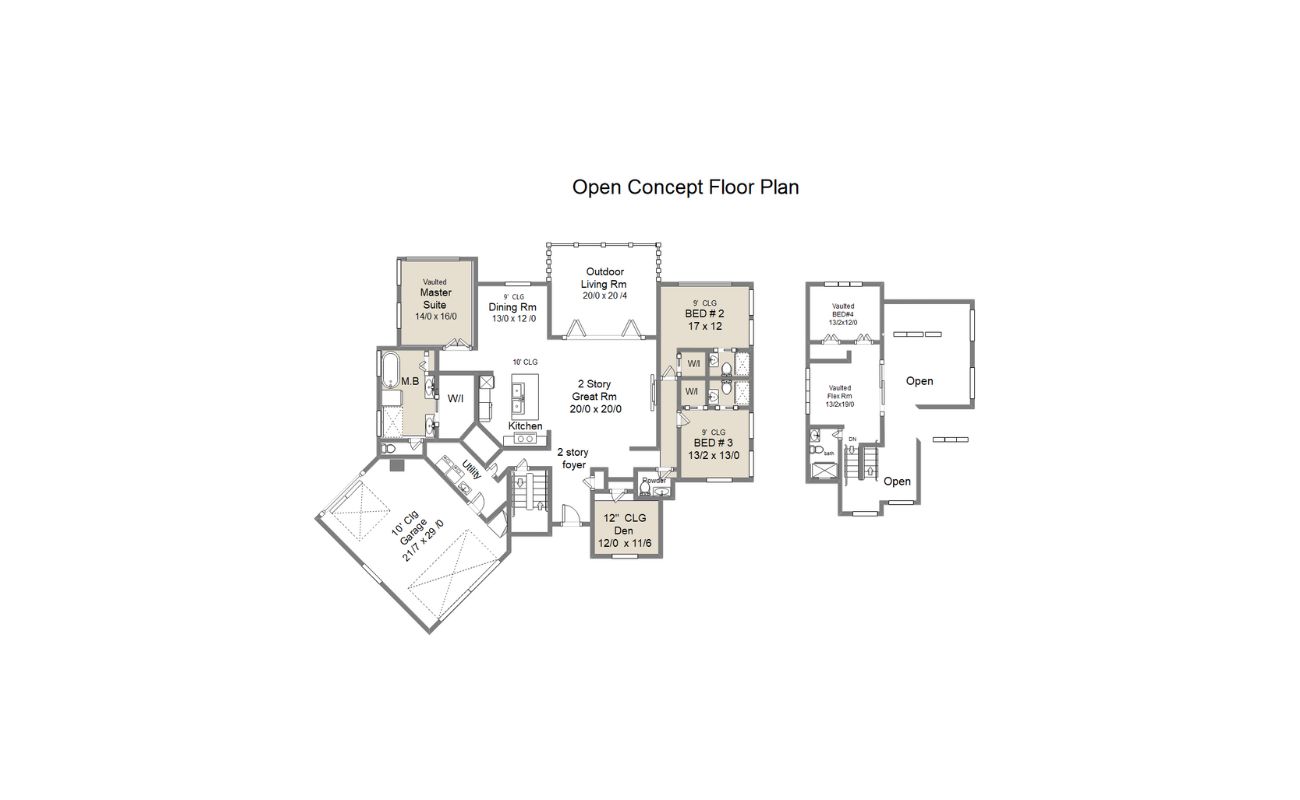
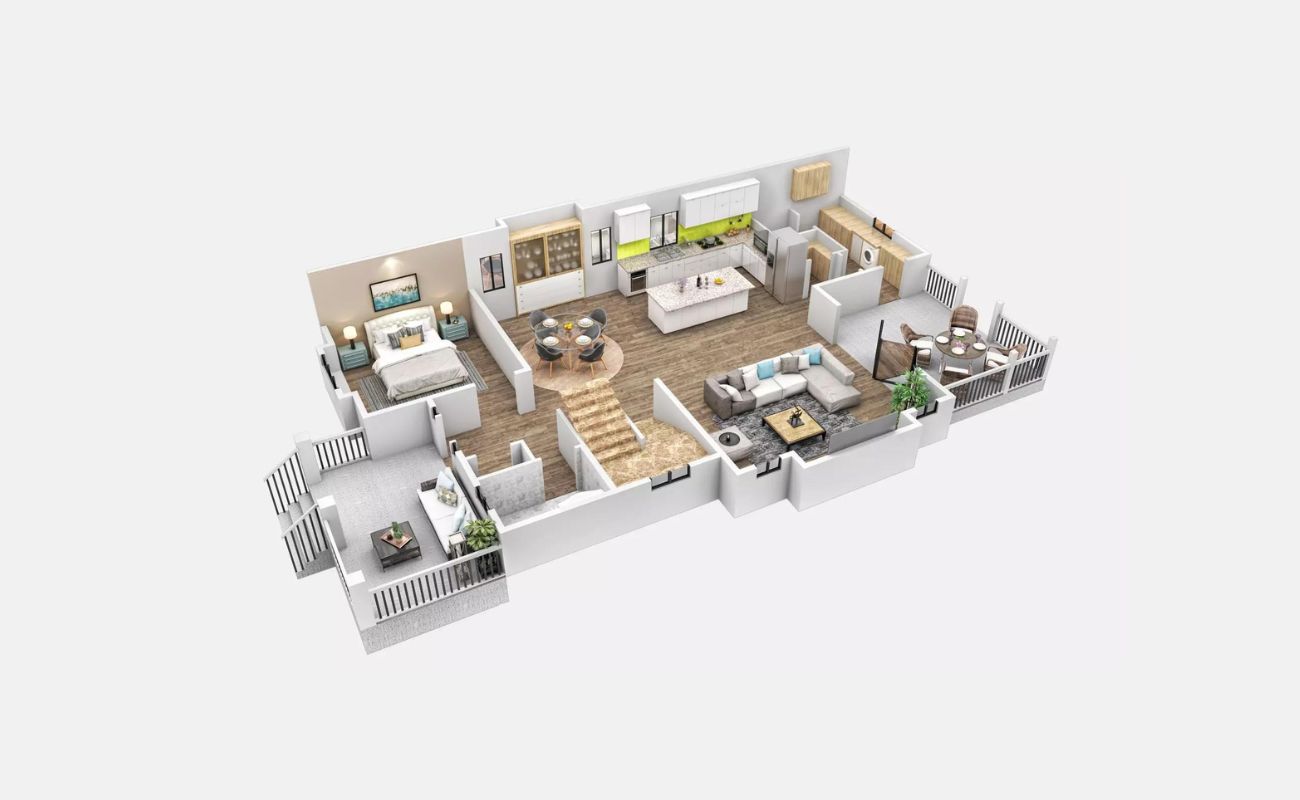
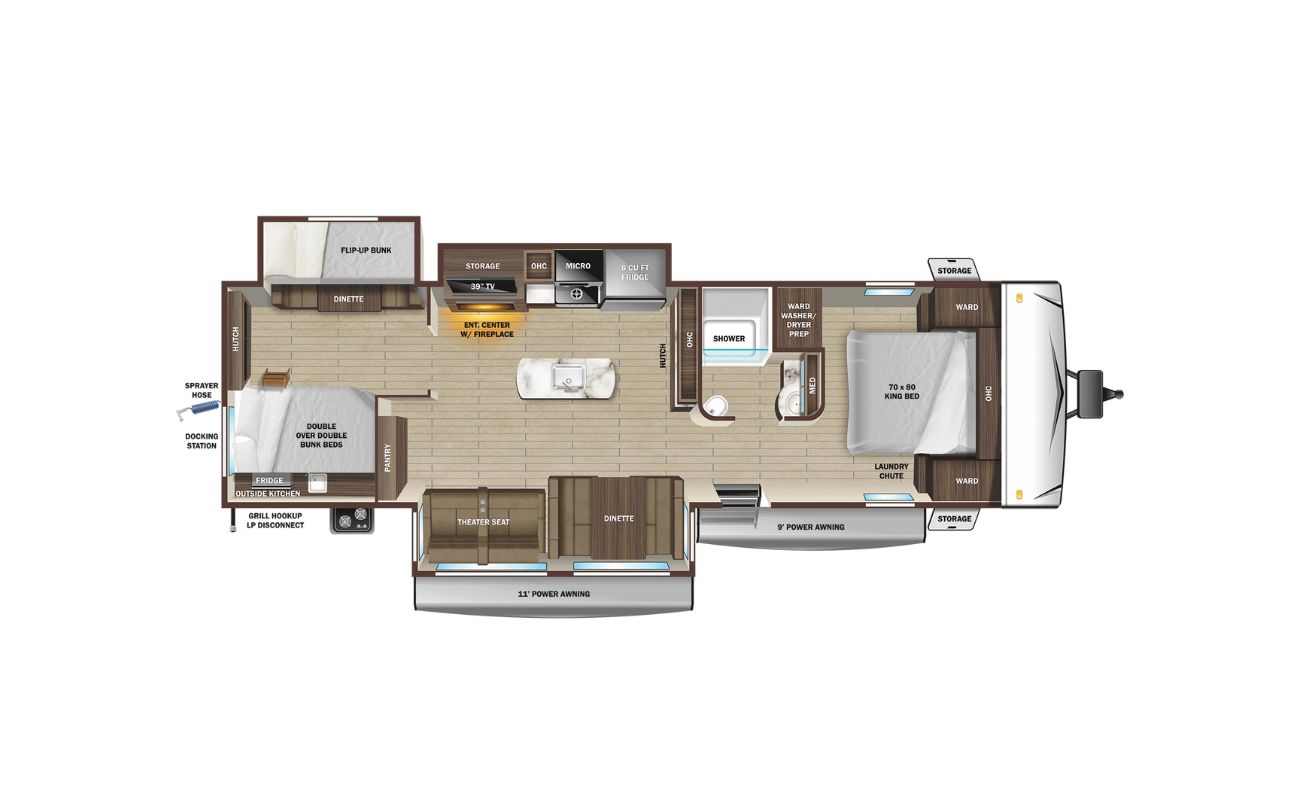

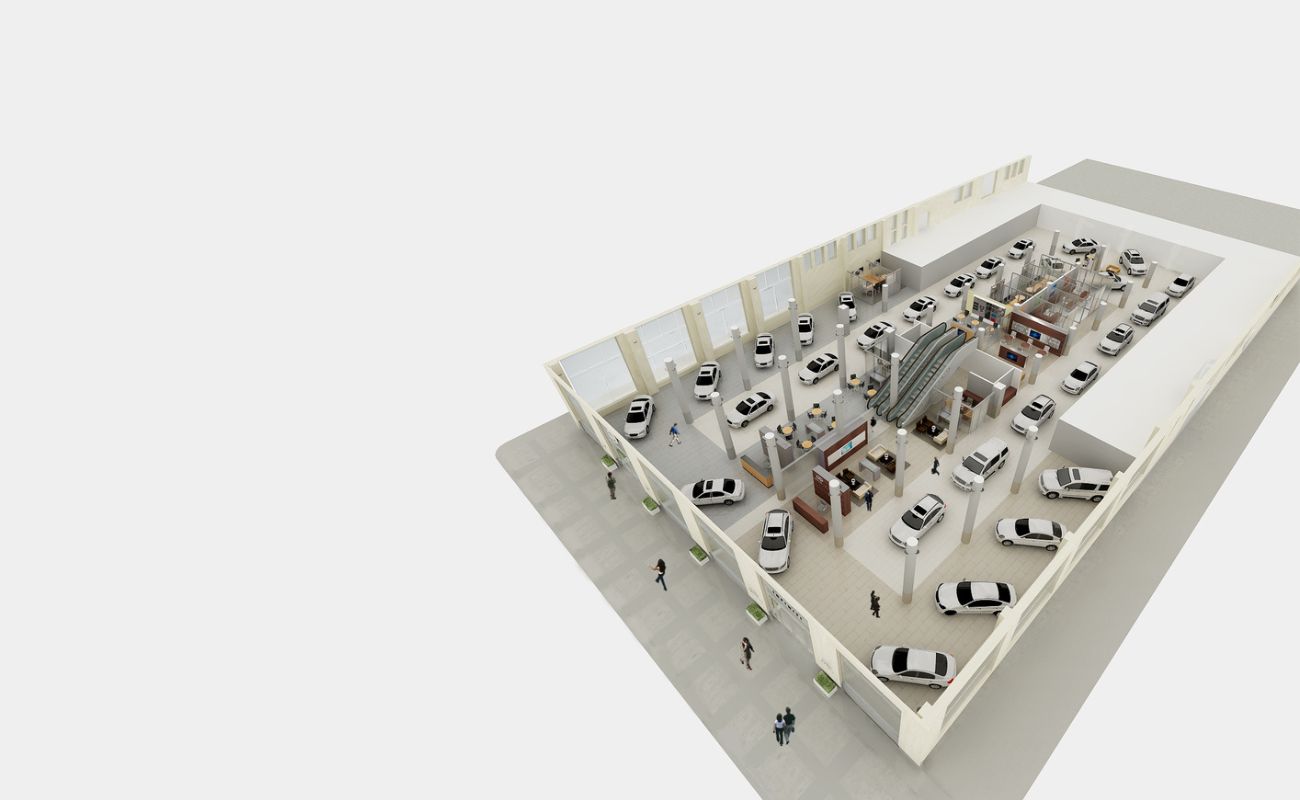
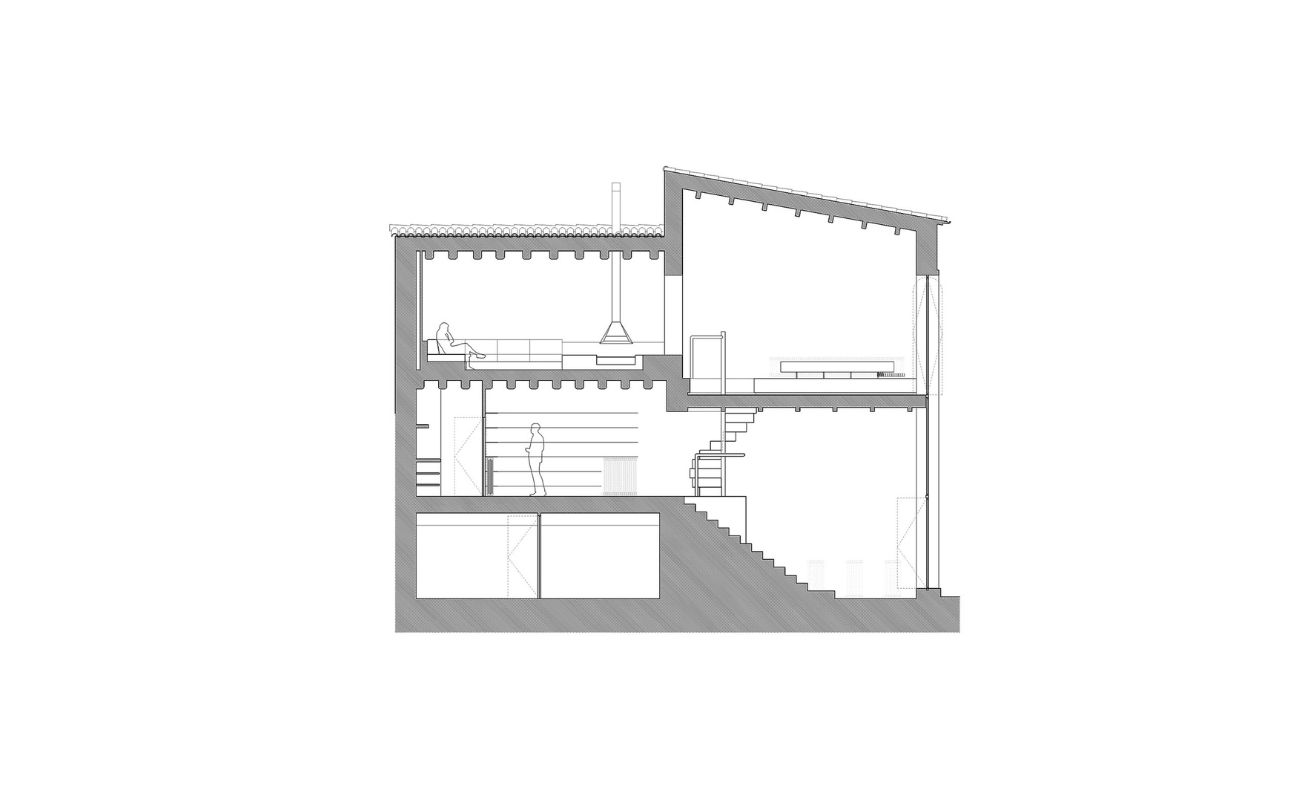
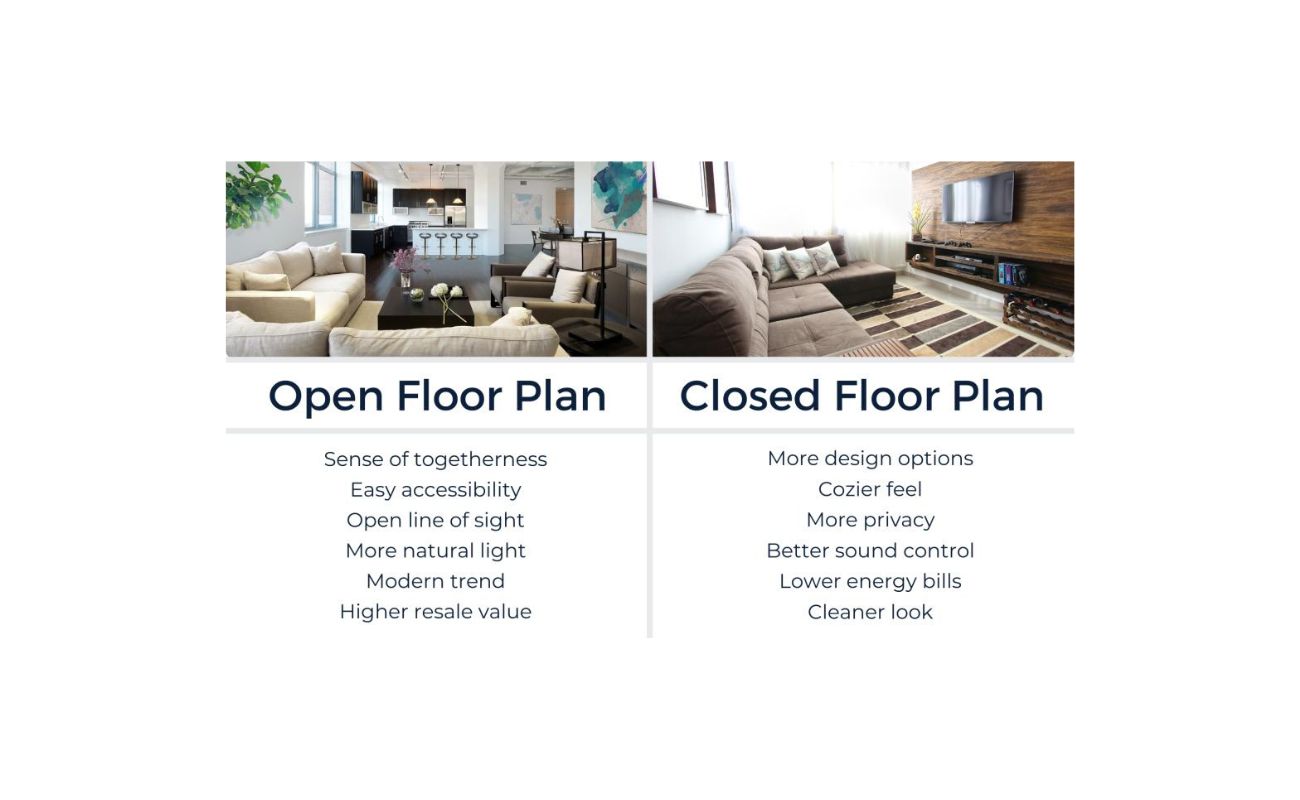
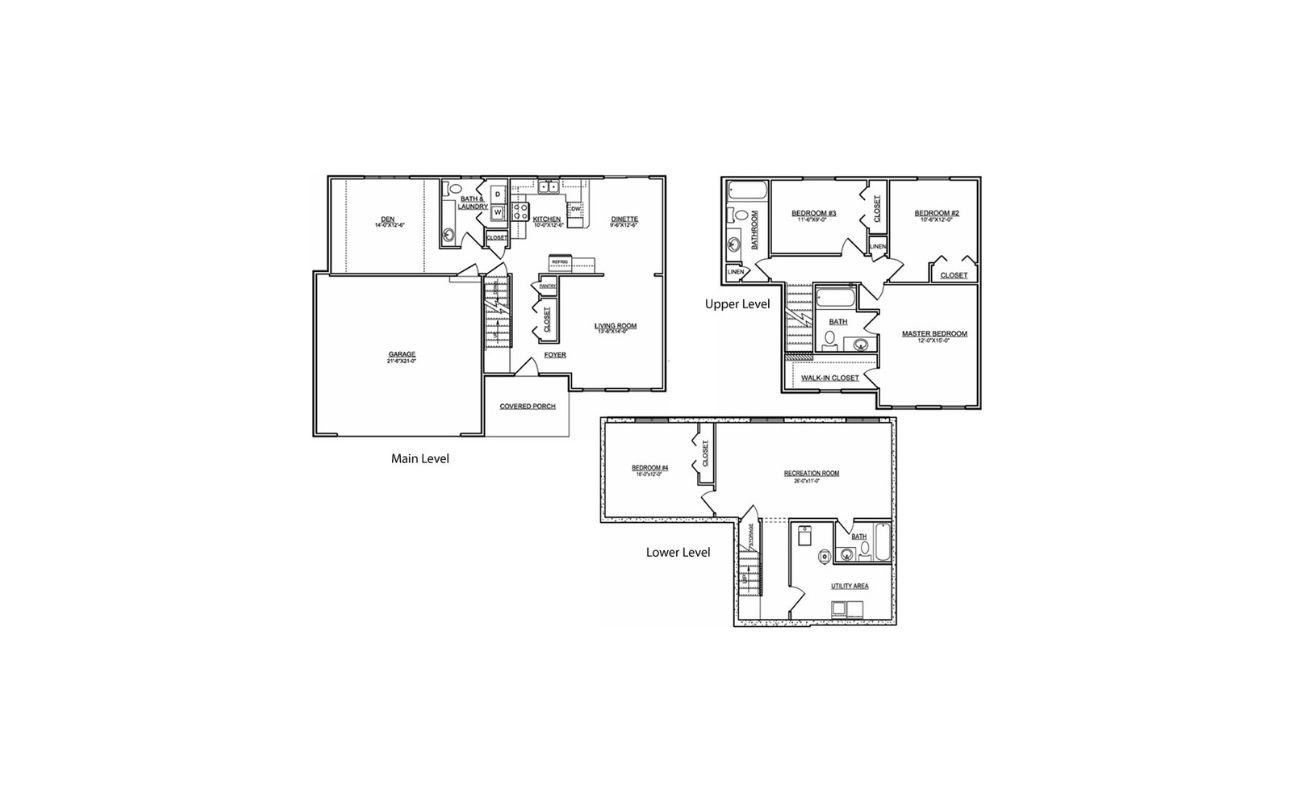
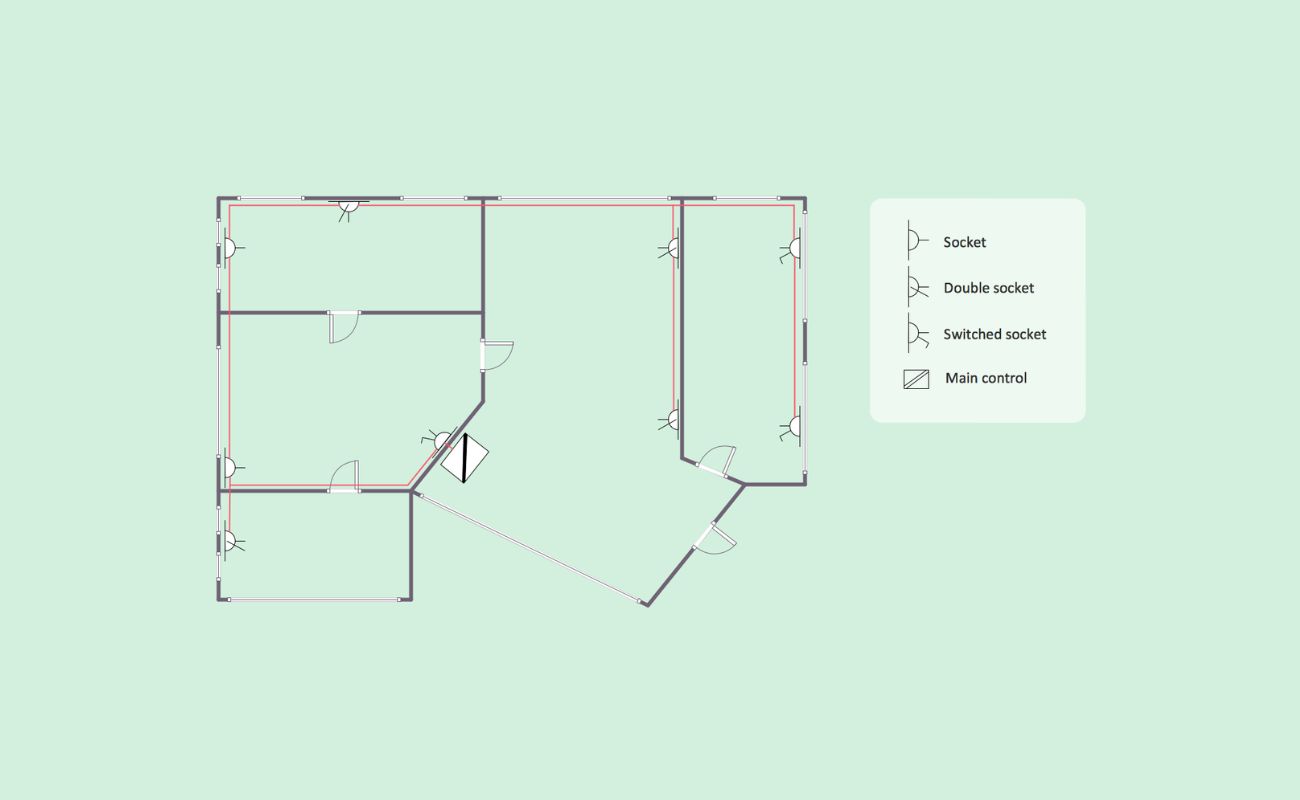
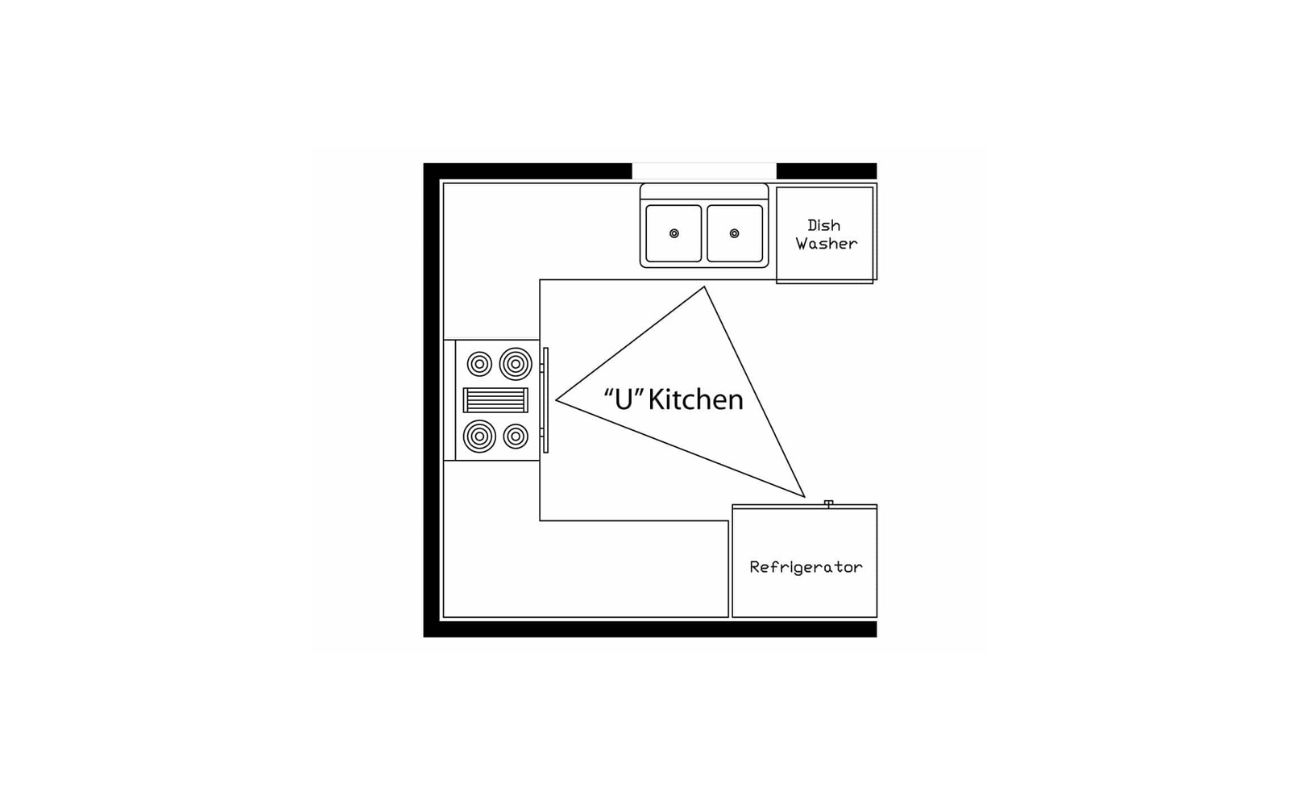
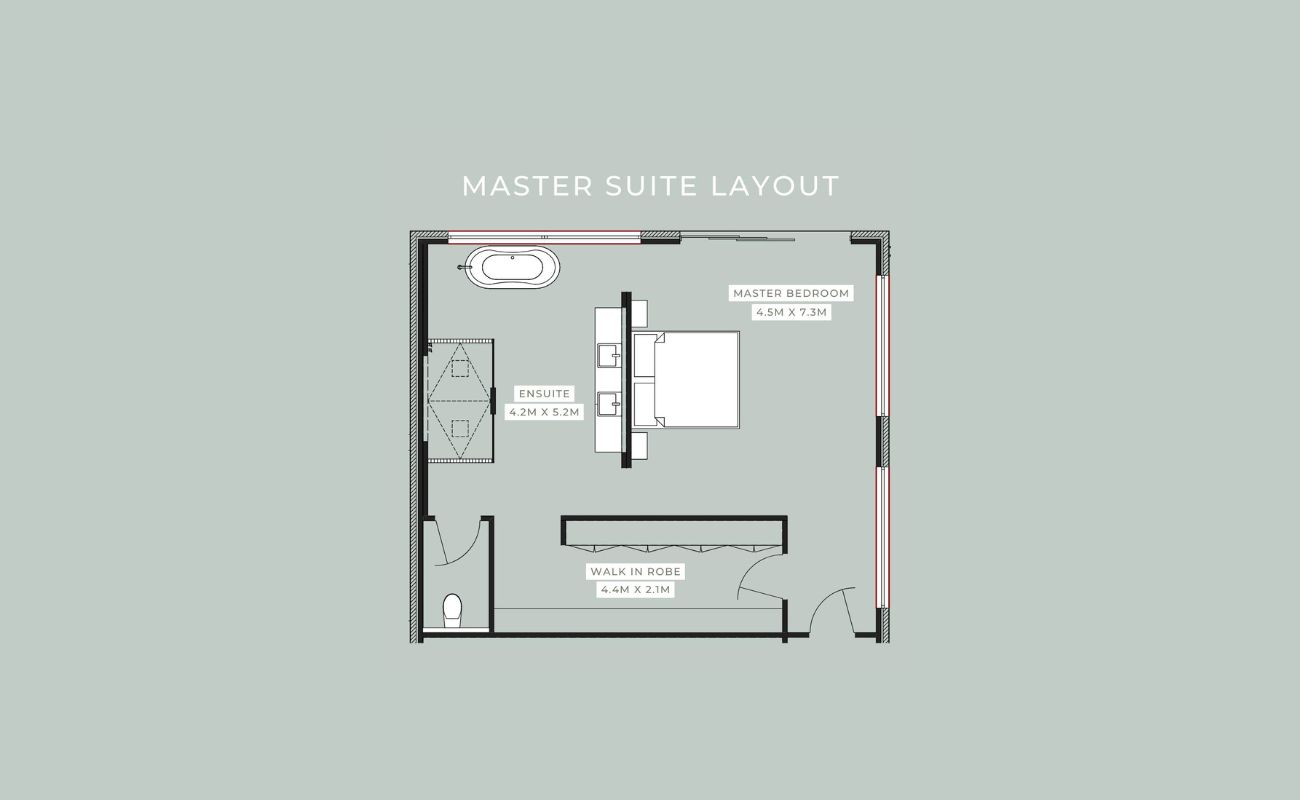

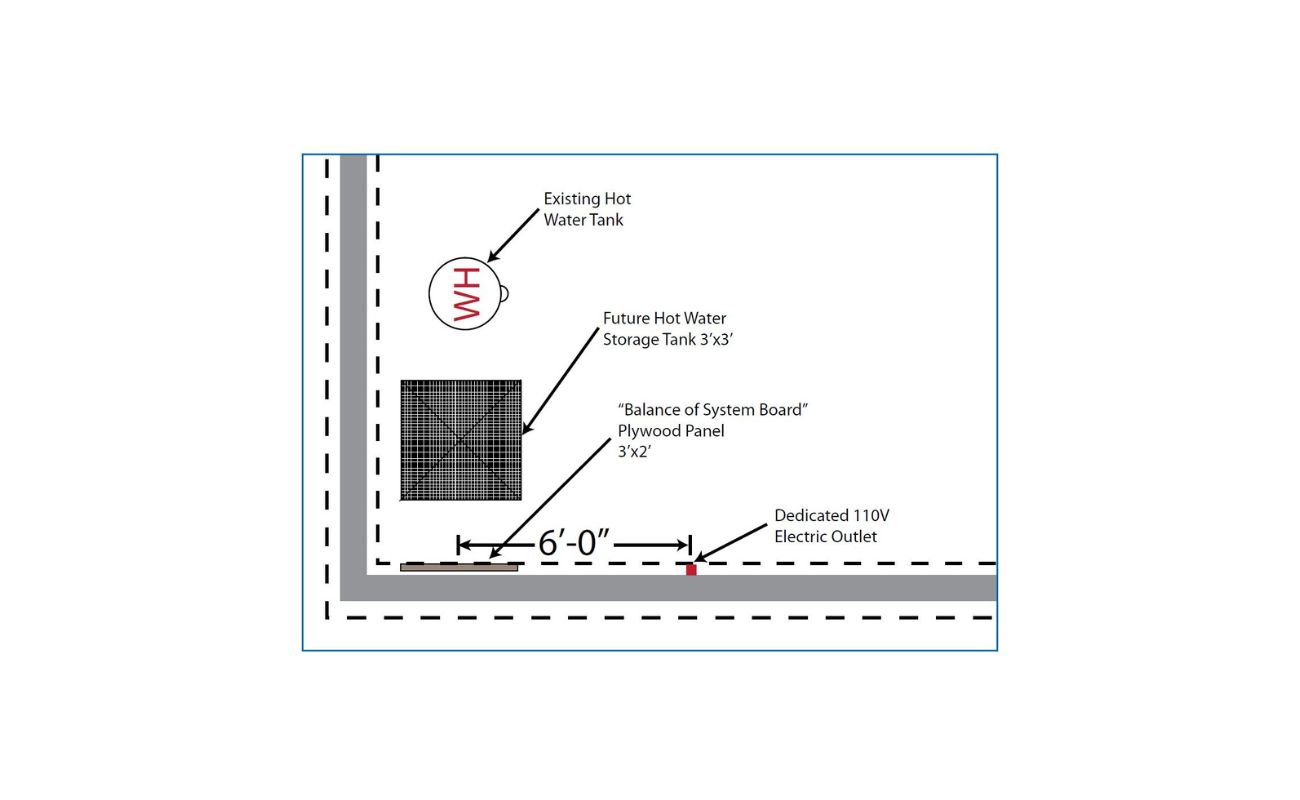


0 thoughts on “What Is The Area Of The Kitchen Floor In This Floor Plan”